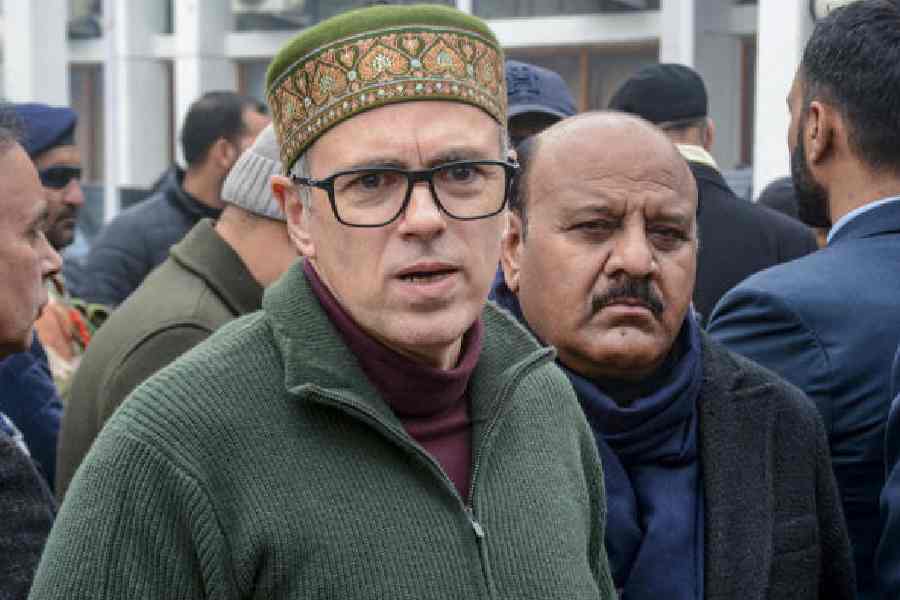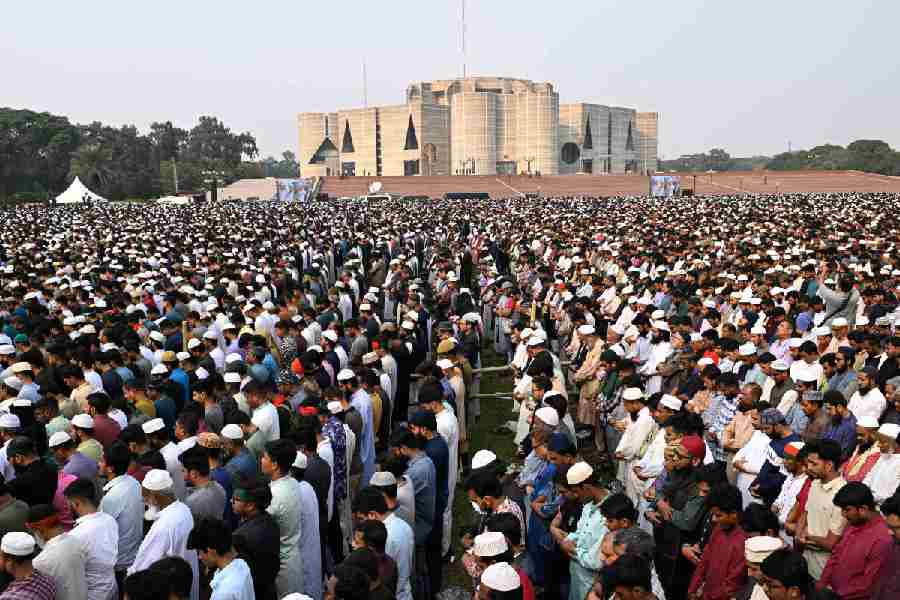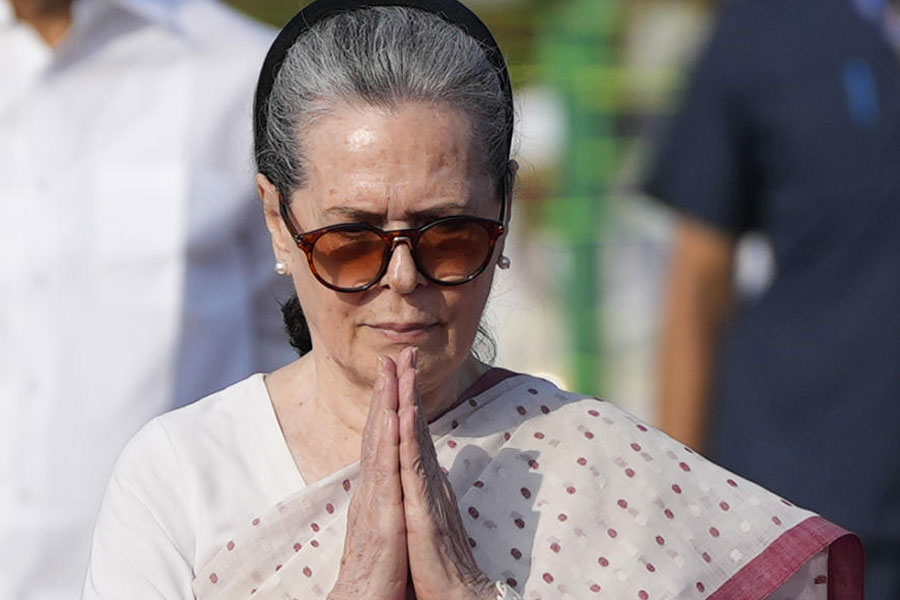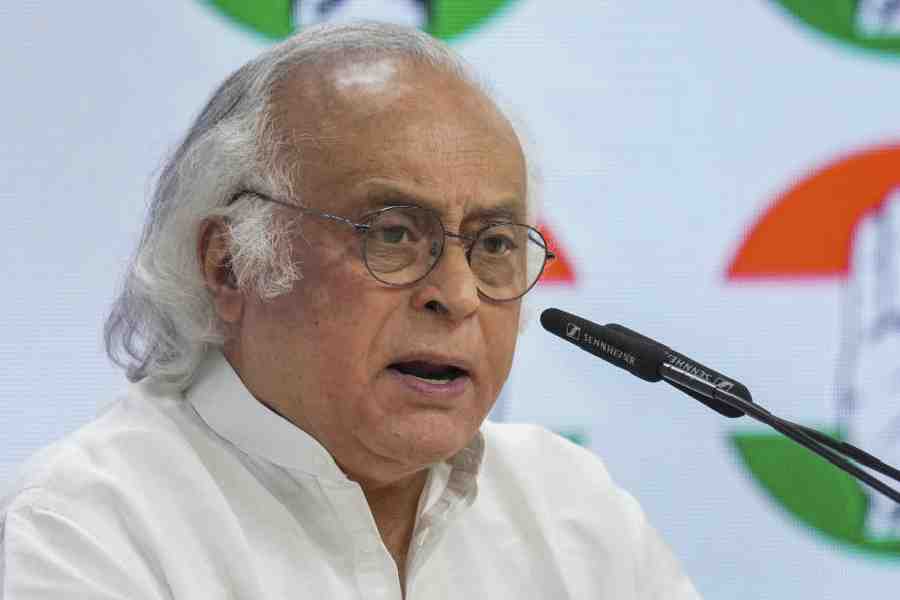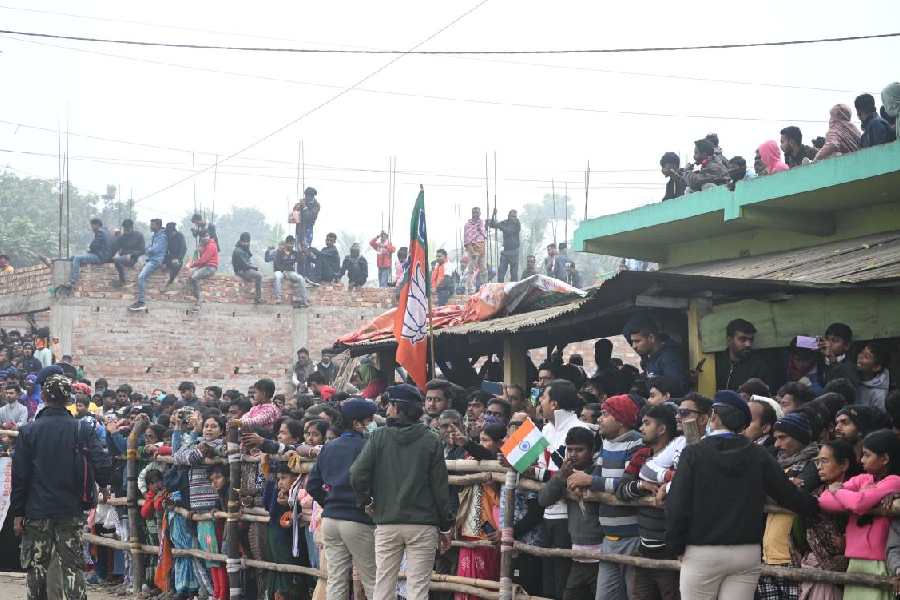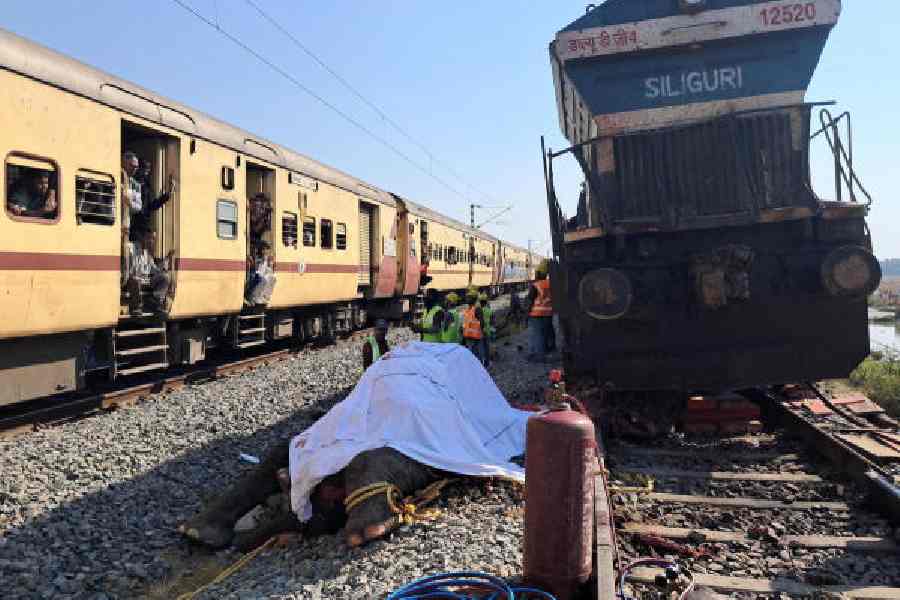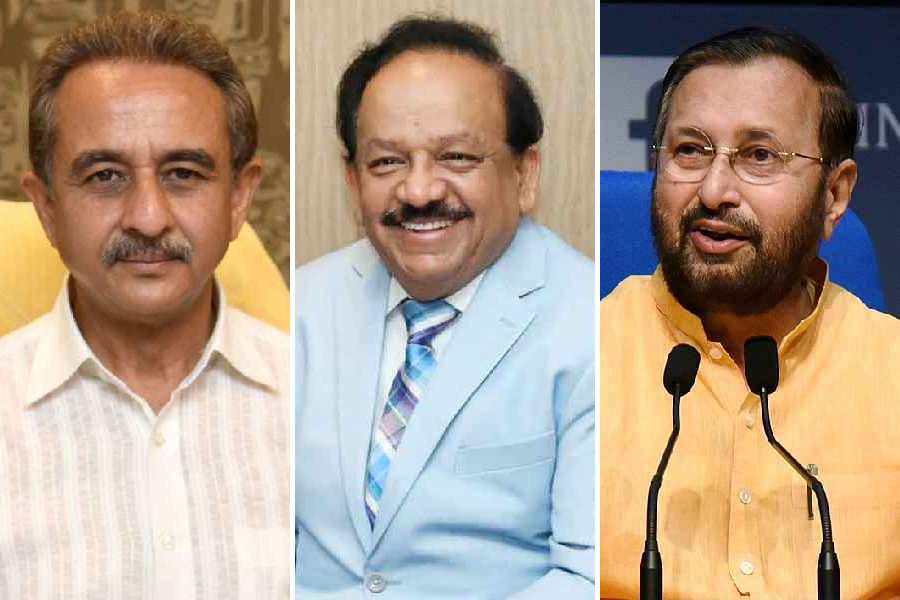 |
| Pix by Gajanan Dudhalkar |
There’s an old Bollywood saying that one big hit can be the purest chance. But two in a row involves a lot more than luck. That’s a line guaranteed to bring a smile to the face of director Dibakar Banerjee, who opened his Bollywood account with the huge hit Khosla Ka Ghosla. Now, he’s proved there’s more to it than luck and followed it with Oye Lucky! Lucky Oye!, which has caught the eye of both audiences and critics.
Banerjee’s gearing up for his next venture, a political thriller. At the same time, he’s rolling out ad films for brands like Horlicks and Coca-Cola under the banner of his company Freshwater Films.
Don’t think that Banerjee had an easy entry into Bollywood. The 37-year-old ad filmmaker- turned-movie director had a tough time finding takers for Khosla Ka Ghosla (KKG). The movie, produced by one of Bollywood’s smaller production houses, Tandav Productions, was released after 18 months of its making. “KKG got made because of the initiative of independent producers like Tandav’s Savita Raj,” says the filmmaker.
Finding a producer for Oye Lucky! (UTV Films) was a relatively simple task. But the actual shooting turned into an exhausting grind. The crew was constantly on the move because the film was shot in 72 locations over 55 days. Worst of all, they had to do a ‘winter’ shoot in Delhi’s searing summer heat. Says Banerjee: “The actors had to shoot dressed in sweaters and mufflers in May.”
 |
| Banerjee’s first film Khosla Ka Ghosla was a huge hit |
But his advertising background stood Banerjee in good stead. “Ad filmmaking is like intensive guerrilla training. It helps me keep in trim,” he says. In fact he was back to his ‘fitness regime’ immediately after Oye Lucky! “The film was ready to go by November 15 and I started working on my next ad, for Horlicks, on November 21,” he says. He took a three-week holiday after that and then got back to work on a Coca-Cola commercial.
So will he be turning the lens on feature films or will the focus stay on ads? “Would you rather give up your right hand or your left?” he says, shooting back with a rhetorical question. Banerjee insists that he loves making both ad and feature films. “Ads are a very satisfying way of making a living. And it gives me the power to choose the kind of films I want to make,” he says.
He adds: “At a deeper level, ads keep me at the cutting edge of technology in terms of techniques, post production and special effects. My films have been complimented for visual detailing — something I learnt from ad films.” Freshwater Films did the movie’s line production (ground management and logistics) and in future, it will co-produce its films with other production houses.
Banerjee credits most of his knowledge of art, international cinema, design — and meeting his wife Richa — to his National Institute of Design (NID) days. “I was lucky to be surrounded by people who knew so much. I just soaked it all up,” he says.
After dropping out of NID and doing short stints at ad agencies like Shems Combit, TBWA Anthem and Contract, he started a company called Watermark along with some friends in 1997, and made ads for brands like Pepsi and MSN and promos for Channel [V] and MTV. He left Watermark later to start Freshwater.
Critics have called Banerjee a ‘thinking’ director and his treatment of his subjects — whether it’s the middle-class Khosla household harassed by an unscrupulous broker or the endearing conman Lucky — stands out for its true-to-life quality and honesty. “He is one of the few directors whose worldview shows up in their work instead of only their trade-view,” says writer Jaideep Sahni, who wrote KKG.
 |
 |
| Paresh Rawal and Abhay Deol (above) in Oye Lucky! Lucky Oye! |
Abhay Deol, who played the lead in Oye Lucky!, says: “Dibakar has a very strong vision. He’s extremely rooted in our culture which, for the moment, defines his style of filmmaking. At the same time, he’s very fluid and spontaneous. I’d say he’s leading the way for new young directors out there redefining ‘commercial’ cinema.”
After his political thriller, to be shot later this year, Banerjee plans to direct a period drama. Will that involve a bigger budget? “Budgets depend on the script and the cast. Also, if you have a big budget film on your hands, you need to cast stars to make it a safe bet. However, as directors we have to be responsible, and more so in these times, to ensure that money is not wasted,” he says.
So far Banerjee has been a winner when it comes to pulling in revenues. Oye Lucky! was made for Rs 8 crores. It has raked in Rs 14 crores in India and Rs 5 crores overseas. The film traced the ‘career’ of a middle-class teenager Lucky, who grows up enamoured by the lifestyles of the rich and figures that if you can’t join them, con them. The sub-text is about ‘not having’ or being told that ‘you can’t have’ certain things because you come from a less privileged class.
Though business was hit because the film released on the week of the Mumbai terror attacks, “we sailed through comfortably”, says Banerjee.
So is this another sign of triumph for the alternative commercial films genre? Banerjee advises caution. “Let’s not herald victory yet. We’ve got to consistently deliver tight-budget quality films that combine good content and entertainment,” he says. Only when such movies get noticed as commercially profitable, will the genre be safe, he adds.
A self-avowed film junkie, the director loves watching documentaries the most. His favourite filmmakers include Stanley Kubrick, Martin Scorsese, Satyajit Ray and Jean Renoir. Apart from that, music — and Bob Dylan more specifically — is what makes the man tick.
And to invoke Dylan: “The times they are a-changing…” They are indeed. And Dibakar Banerjee is part of that change.


